The Saqqara (Sakkara) Pyramids are one of Egypt’s most intriguing and historically significant ancient sites. Located in Giza outside Cairo, Saqqara is part of the extensive necropolis of the ancient Egyptian capital, Memphis. This site is renowned for the Step Pyramid of Djoser, the oldest known pyramid in Egypt, and a host of other fascinating tombs and monuments. This comprehensive guide explores the historical significance, architectural marvels, and practical visiting tips for the Saqqara (Sakkara) Pyramids. TravMe invites you to delve into the mysteries and grandeur of this ancient necropolis.
The Historical Significance of Saqqara (Sakkara) Pyramids
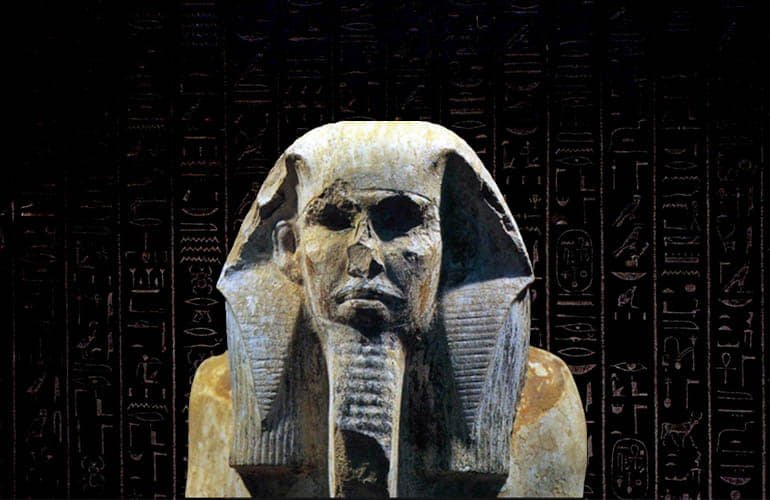
The Saqqara (Sakkara) Pyramids hold a paramount place in the annals of ancient Egyptian history, symbolizing the dawn of pyramid construction and monumental architecture. These structures, dating back to the Third Dynasty, showcase the ingenuity and ambition of early Egyptian builders and their enduring legacy. The most iconic of these pyramids is the Step Pyramid of Djoser, a groundbreaking edifice that set the stage for the evolution of pyramid design, culminating in the grandeur of the Giza pyramids. Exploring Saqqara is akin to traversing the pages of ancient history, offering a glimpse into the early advancements that shaped the course of Egyptian civilization.
1. Origins and Development
The Saqqara (Sakkara) Pyramids represent the evolution of ancient Egyptian pyramid construction. The site dates back to the Third Dynasty (c. 2670–2613 BCE) when Pharaoh Djoser commissioned the Step Pyramid, designed by his architect Imhotep. This pyramid marked a significant departure from the traditional mastaba tombs, paving the way for the later smooth-sided pyramids of Giza.
2. The Step Pyramid of Djoser
The centerpiece of the Saqqara (Sakkara) Pyramids is the Step Pyramid of Djoser. This monumental structure stands at 62 meters tall and consists of six stepped layers. It is the earliest colossal stone building in Egypt and the prototype for subsequent pyramids. The Step Pyramid complex includes courtyards, temples, and shrines, all enclosed within a massive limestone wall.
3. Later Developments
Saqqara continued to be an important burial ground throughout ancient Egyptian history. During the Fifth and Sixth Dynasties, numerous mastabas and smaller pyramids were constructed for nobles and officials. The Pyramid of Unas, the last ruler of the Fifth Dynasty, is notable for its pyramid texts, the oldest known religious texts in the world.
ScheduleDaily from 8 am to 4 pm (closes at 3 pm during Ramadan). | LocationAbout 20 miles (32 km) south of Cairo. |
Architectural Marvels of Saqqara (Sakkara) Pyramids
1. Innovations in Pyramid Design
The Saqqara (Sakkara) Pyramids showcase the ingenuity and architectural advancements of ancient Egypt. The Step Pyramid introduced the concept of stacking mastabas of decreasing size, creating a stepped effect. This design innovation demonstrated a significant leap in engineering and construction techniques.
2.The Serapeum
The Serapeum of Saqqara is another remarkable feature of the site. It is a vast underground complex that served as the burial place for the Apis bulls, sacred animals in the ancient Egyptian religion. The Serapeum consists of long corridors and massive granite sarcophagi, highlighting the Egyptians’ ability to work with hard stone on a grand scale.
3. The Mastabas
The mastabas at Saqqara are rectangular tombs with flat roofs, featuring elaborately decorated chapels and burial chambers. These structures provide invaluable insights into the daily life and beliefs of ancient Egyptians. The mastaba of Ti, for example, contains detailed carvings depicting scenes of agriculture, hunting, and religious rituals.
Visiting Saqqara (Sakkara) Pyramids
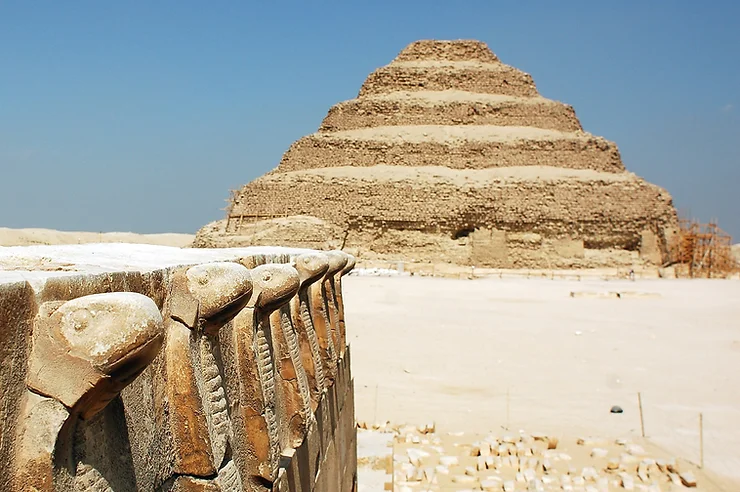
Visiting the Saqqara (Sakkara) Pyramids is a journey into the heart of ancient Egyptian history. As one of Egypt’s most significant archaeological sites, Saqqara offers a unique glimpse into the early days of pyramid construction and the sophisticated civilization that flourished along the Nile. From the pioneering Step Pyramid of Djoser to the numerous tombs and monuments scattered across the plateau, Saqqara is a treasure trove of historical wonders. Whether you’re an avid history enthusiast or a casual traveler, a visit to Saqqara promises an unforgettable experience, filled with awe-inspiring sights and profound insights into the rich heritage of ancient Egypt.
1. How to Get There
Saqqara (Sakkara) Pyramids are located about 30 kilometers south of Cairo. Visitors can reach the site by taxi or private car. Alternatively, organized tours from Cairo often include Saqqara as part of a day trip that also covers other nearby sites, such as Dahshur and Memphis.
2. Best Time to Visit
The best time to visit the Saqqara (Sakkara) Pyramids is during the cooler months from October to April. This period offers pleasant weather, making it ideal for exploring the outdoor sites. TravMe recommends arriving early in the day to avoid crowds and enjoy the site at a leisurely pace.
Great Pyramids , Saqqara And Grand Egyptian Museum – Book Now
Great Journey Contains the Highlights of Giza which is the Great Pyramids and Saqqara Pyramid the Oldest Building in History together in one day with the Newest Magnificent Museum of the Middle east.
What to see in Saqqara (Sakkara) Pyramids ?
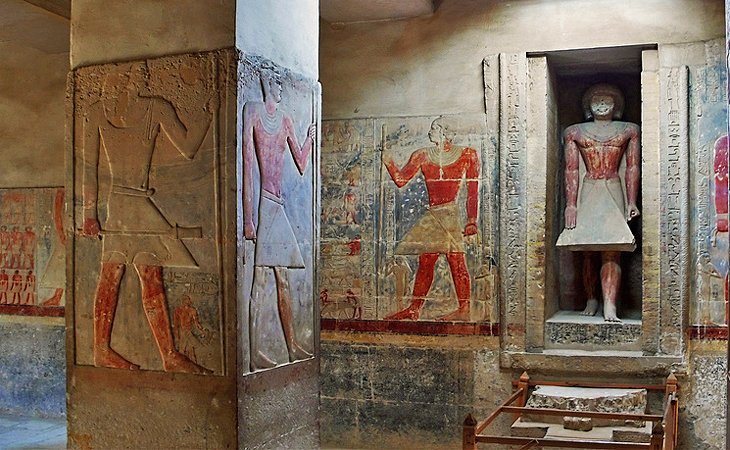
1. The Step Pyramid Complex
Begin your visit to the Step Pyramid of Djoser and its surrounding complex. The grandeur of this ancient structure and its historical significance make it a must-see. Explore the courtyards, chapels, and the Heb-Sed Court, which hosted jubilee festivals for the king.
2. The Pyramid of Unas
The Pyramid of Unas is another highlight. Although smaller and less imposing than the Step Pyramid, its interior is adorned with pyramid texts. These inscriptions offer a fascinating glimpse into the religious beliefs and practices of ancient Egyptians.
3. The Serapeum
The Serapeum is a unique and often overlooked part of Saqqara. The underground galleries and enormous sarcophagi are awe-inspiring. It’s a testament to the reverence ancient Egyptians had for the Apis bulls and their elaborate burial customs.
4. The Imhotep Museum
The Imhotep Museum, located near the entrance to the Saqqara (Sakkara) Pyramids, is an excellent place to start your visit. It houses artifacts from the site, including statues, tools, and other objects that provide context and enrich your understanding of Saqqara’s historical significance.
The Cultural Impact of Saqqara (Sakkara) Pyramids
The Saqqara (Sakkara) Pyramids are more than just architectural marvels; they are profound symbols of ancient Egyptian culture and religious beliefs. As the site of the first pyramid ever built, Saqqara represents a major milestone in human engineering and artistry. The pyramids and surrounding necropolis reflect the Egyptians’ views on the afterlife, their reverence for their pharaohs, and their advanced understanding of construction and design. Saqqara’s influence extended beyond its time, inspiring subsequent generations of builders and shaping the cultural landscape of ancient Egypt. Exploring the cultural impact of Saqqara reveals the enduring legacy of one of humanity’s earliest and most impressive civilizations.
1. Ancient Egyptian Religion and Society
The Saqqara (Sakkara) Pyramids are a window into the religious and social practices of ancient Egypt. The complex rituals associated with death and the afterlife are evident in the design and decoration of the tombs. These structures reflect the Egyptians’ belief in an eternal afterlife and their efforts to ensure the deceased’s journey to the afterworld.
2. Influence on Later Architecture
The architectural innovations seen at Saqqara influenced the construction of later pyramids, including those at Giza. The step pyramid design was a precursor to the smooth-sided pyramids, and the use of large stone blocks set a precedent for future monumental architecture.
3. Modern Archaeology
Saqqara continues to be a site of significant archaeological interest. Ongoing excavations have uncovered new tombs and artifacts, shedding light on lesser-known aspects of ancient Egyptian history. These discoveries contribute to our understanding of ancient Egypt and its civilization’s complexity.
Discover Egypt & Nile Cruise – Book with TravMe
Unique Experience over 4 of the most visited cities Cairo, Giza, Aswan, Luxor, and Red Sea fantastic spot Hurghada.
Inside the Saqqara (Sakkara) Pyramids
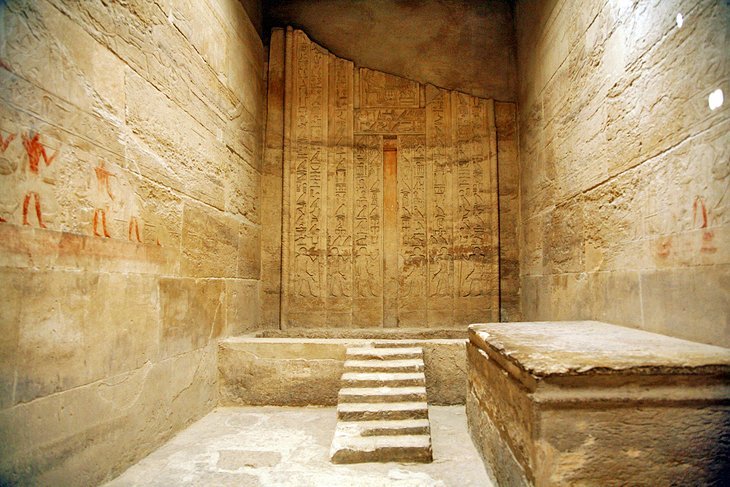
The interiors of the Saqqara (Sakkara) Pyramids offer a fascinating glimpse into ancient Egyptian beliefs, architecture, and burial practices. Each pyramid, though unique in its own right, shares common elements that reflect the civilization’s intricate approach to honoring their dead and ensuring safe passage to the afterlife.
1. The Step Pyramid of Djoser
The Step Pyramid of Djoser is the most iconic structure in Saqqara. Inside this pyramid, a labyrinth of tunnels and chambers reveals its purpose as a royal tomb. Key features include:
– Subterranean Chambers: Beneath the pyramid, a series of chambers and galleries were designed to house the Pharaoh Djoser’s sarcophagus and various grave goods.
– Blue Faience Tiles: The walls of some chambers are decorated with blue faience tiles, mimicking the reed matting found in royal palaces.
– Serdab: A hidden chamber containing a statue of Djoser, allowing his spirit to observe the rituals performed in his honor.
2. Other Pyramids in Saqqara
While the Step Pyramid is the most famous, other significant pyramids at Saqqara include those of later pharaohs such as Teti and Unas. These pyramids often contain:
– Pyramid Texts: The Pyramid of Unas is renowned for its Pyramid Texts, a collection of ancient religious spells inscribed on the walls to protect the king and aid his journey to the afterlife.
– Burial Chambers: Deep within the pyramids, the burial chambers often contain the sarcophagi of the pharaohs, along with various treasures and offerings intended for their use in the afterlife.
– False Doors and Offering Tables: These elements allowed the deceased’s spirit to move between the physical and spiritual realms and receive offerings from the living.
3. Tombs of Nobles and Officials
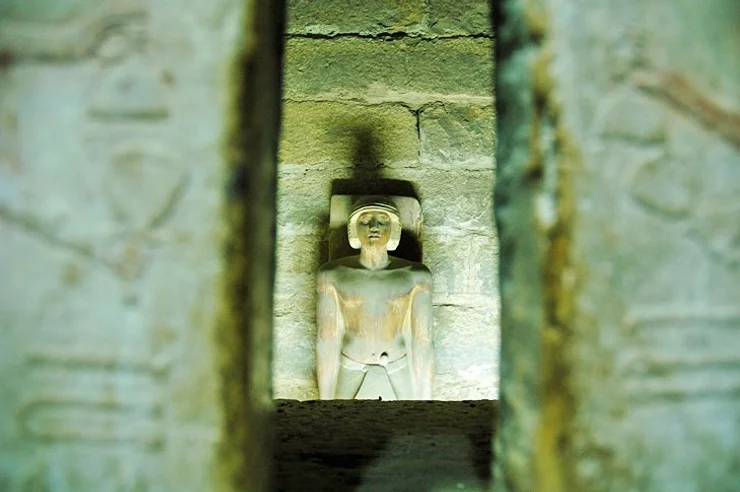
Surrounding the pyramids are the mastabas and tombs of nobles and officials, which provide additional insights into the lives and beliefs of ancient Egyptians. These tombs are adorned with:
– Intricate Wall Reliefs: Depicting scenes from daily life, religious rituals, and significant events, these reliefs offer a detailed picture of ancient Egyptian society.
– Burial Goods: Artifacts such as pottery, jewelry, and tools are often found within these tombs, reflecting the personal wealth and status of the deceased.
4. Recent Discoveries
Archaeological excavations continue to reveal new findings within Saqqara, including previously undiscovered tombs, mummies, and artifacts that further illuminate the complexity and richness of ancient Egyptian culture.
Exploring the interiors of the Saqqara pyramids and their surrounding tombs provides a profound understanding of the ancient Egyptians’ views on life, death, and the afterlife, showcasing their architectural ingenuity and deep-seated spiritual beliefs.
Practical Tips for Saqqara (Sakkara) Pyramids Visitors
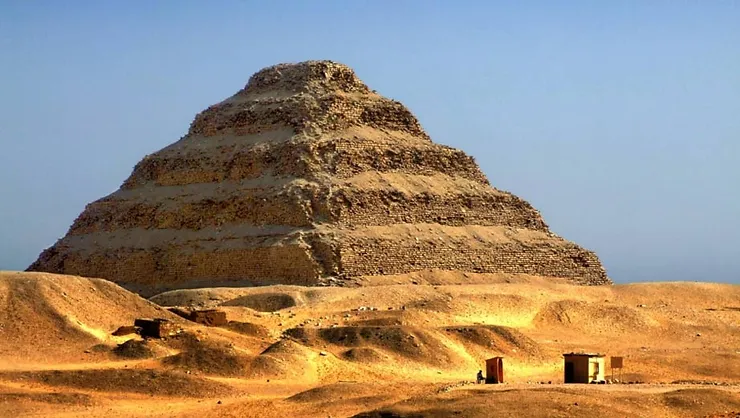
1. Wear comfortable clothing.
Given the hot climate and the extensive site, wearing comfortable clothing and sturdy walking shoes is essential. A hat and sunscreen are also recommended to protect against the sun.
2. Stay Hydrated
Carry a water bottle and stay hydrated throughout your visit. Facilities at the site are limited, so it’s best to come prepared.
3. Respect the Site
The Saqqara (Sakkara) Pyramids are of great historical and cultural significance. Visitors should respect the rules and guidelines set by the authorities, including restrictions on photography and touching ancient structures.
4. Purchase Tickets in Advance
To avoid long lines and ensure entry, it’s advisable to purchase tickets in advance, especially during peak tourist seasons.
The Saqqara (Sakkara) Pyramids stand as a testament to the ingenuity and sophistication of ancient Egyptian civilization. Their historical significance, architectural marvels, and cultural impact make them an essential destination for anyone interested in exploring Egypt’s rich heritage.
TravMe, invites you to embark on a journey through time and experience the awe-inspiring beauty and history of the Saqqara (Sakkara) Pyramids. Whether you are a history enthusiast, an avid traveler, or simply curious about ancient civilizations, a visit to the Saqqara (Sakkara) Pyramids is sure to leave a lasting impression. BOOK TODAY.
– Phone: +201008833030
– Fax: +20233765560
– Email: info@travmetours.com
– Address: 5 Zohor St, Hadayek El Ahram, Elite Compound, Remaya Square, Giza, Egypt.
Read More


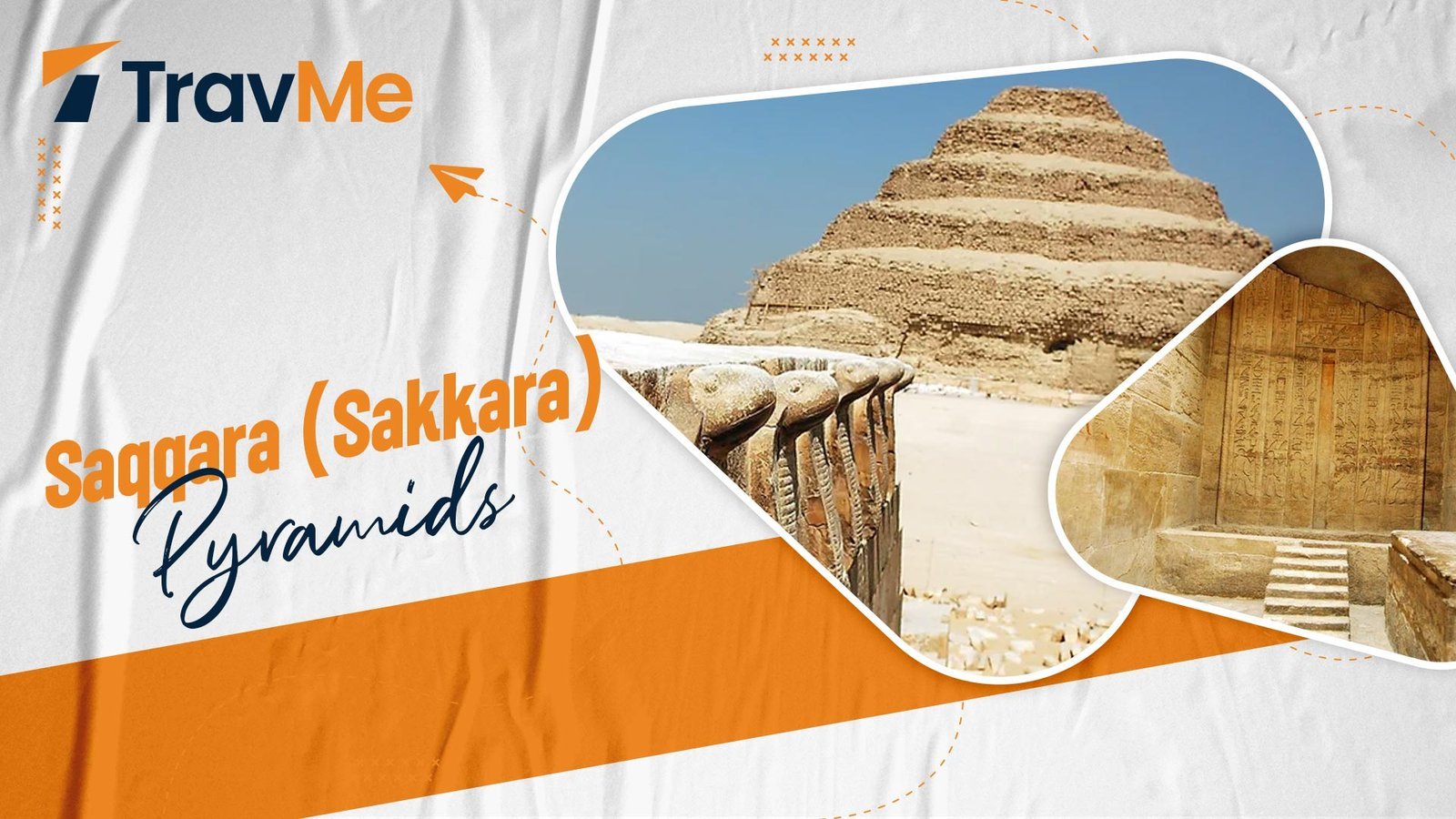
Comment (0)